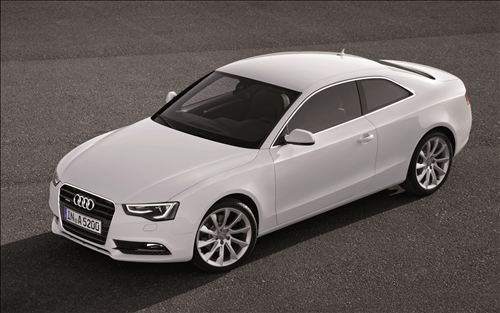
Audi A5 Coupe 2012
The Audi A5 is available in three trim options - Sportback, Coupe and Cabriolet and seven power engine options. The Audi A5 Coupe 2012 costs about � 34,000 and will be available in the market soon.
[Source: Audi]
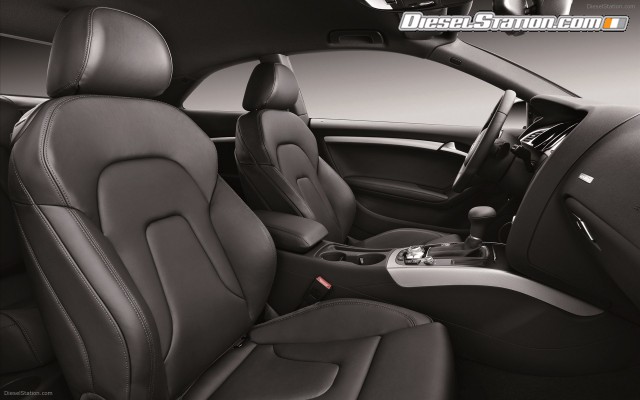
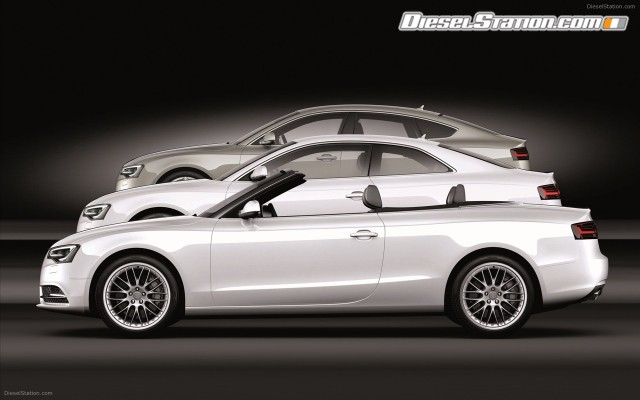
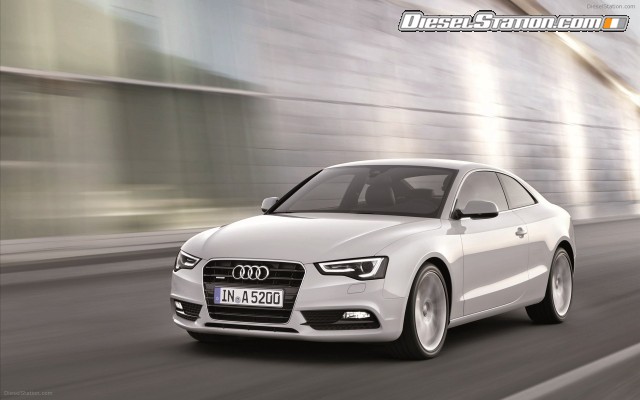
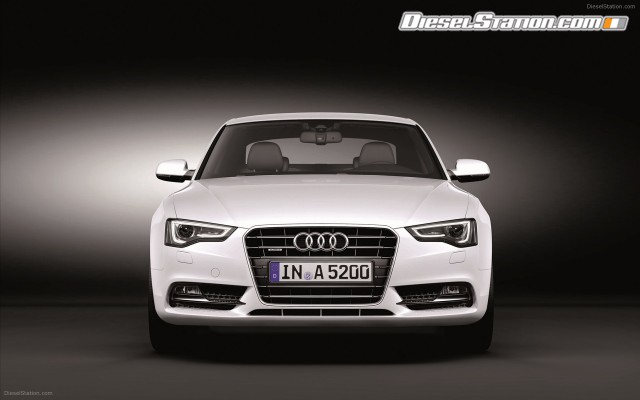
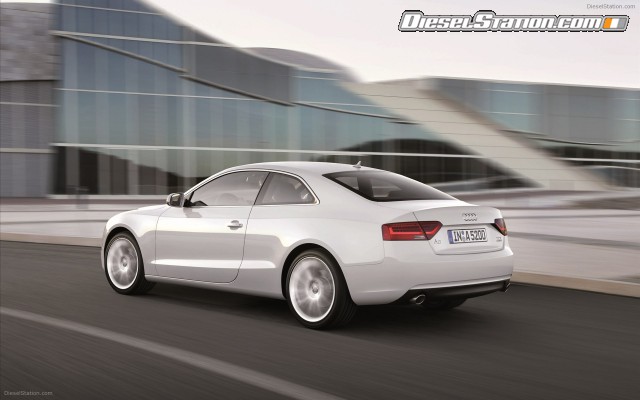
Autos is your source for all information related to new cars. You can find new car prices, reviews, pictures and specs.






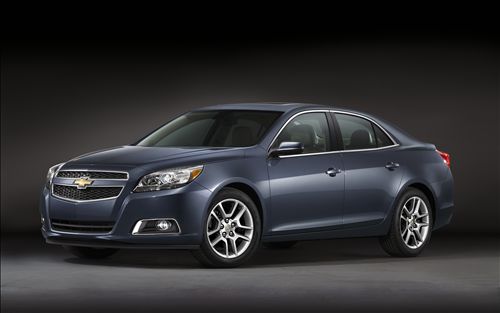
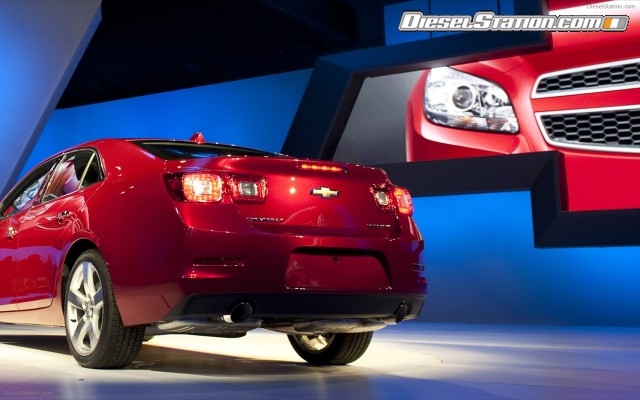
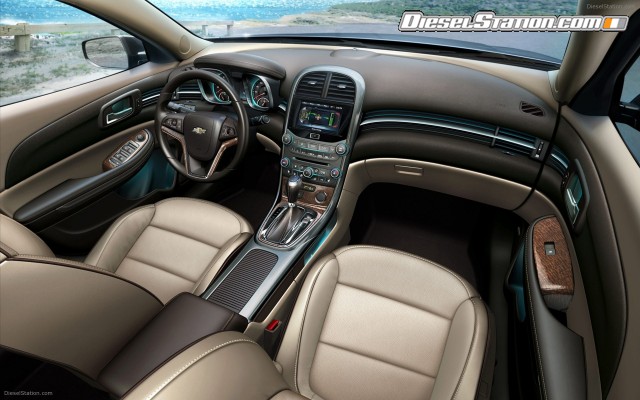
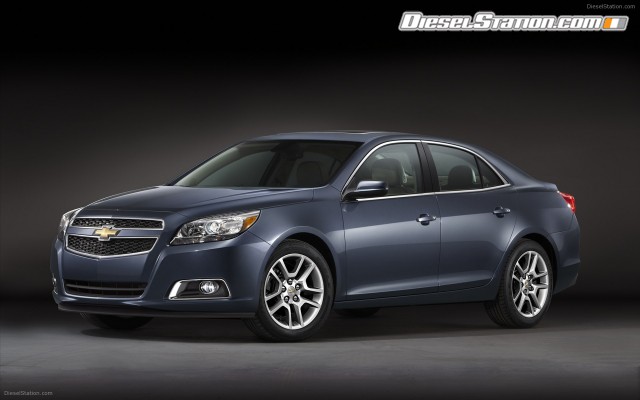
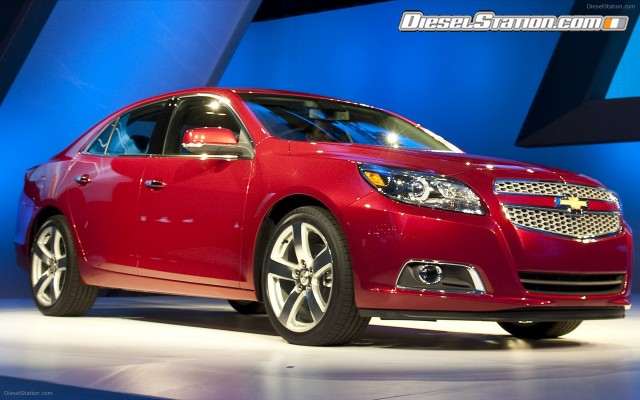
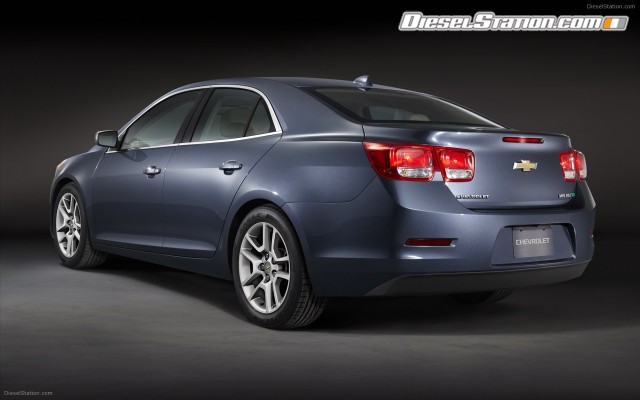
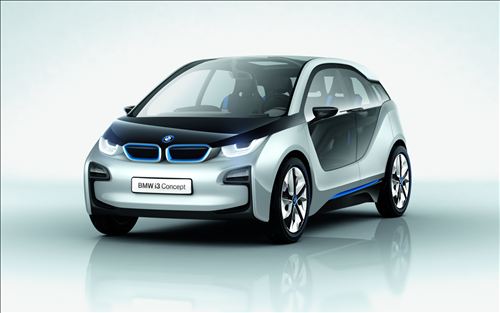
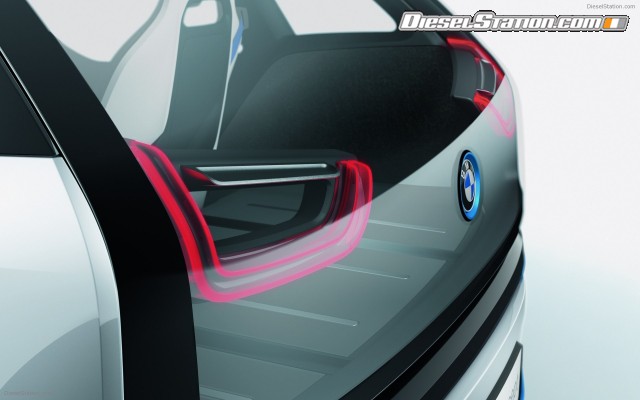
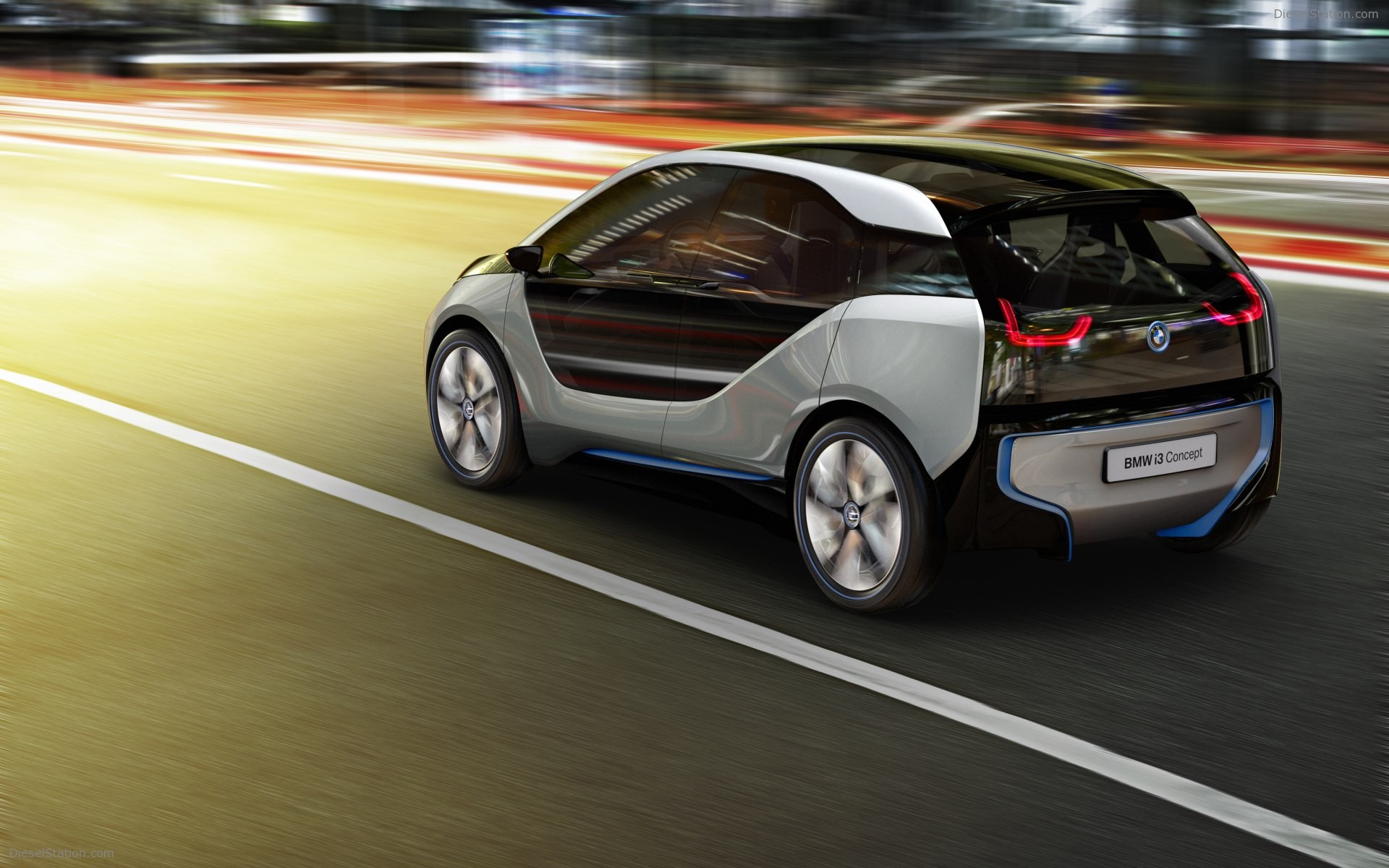
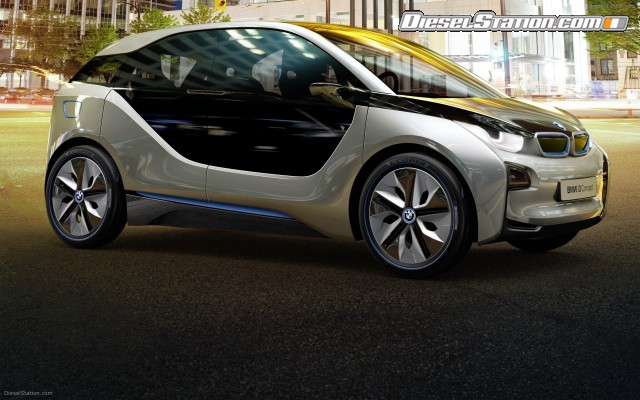
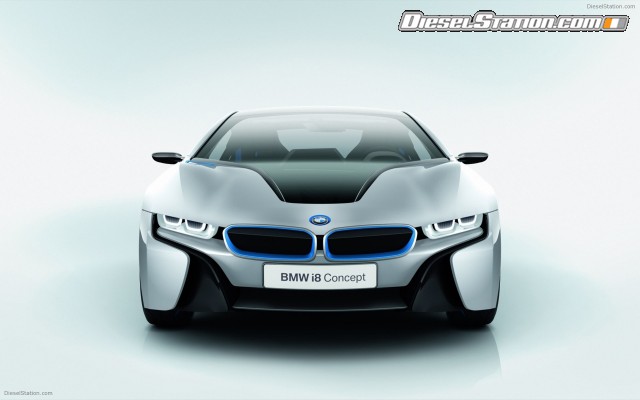
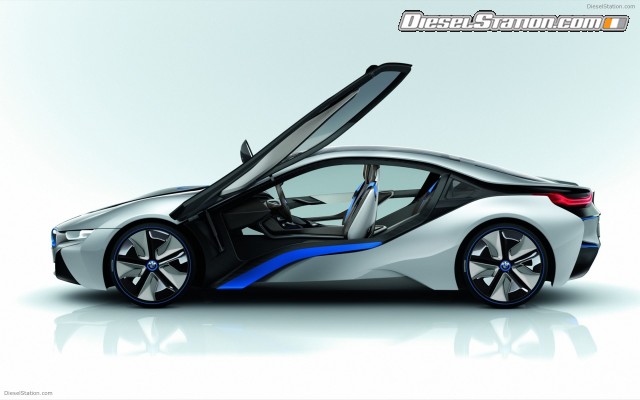
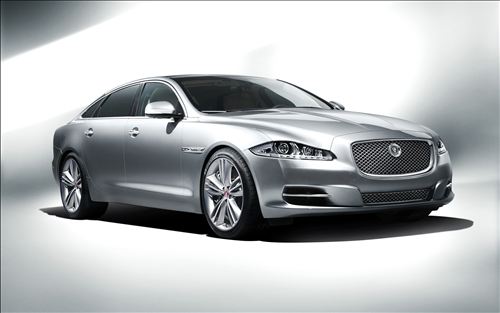
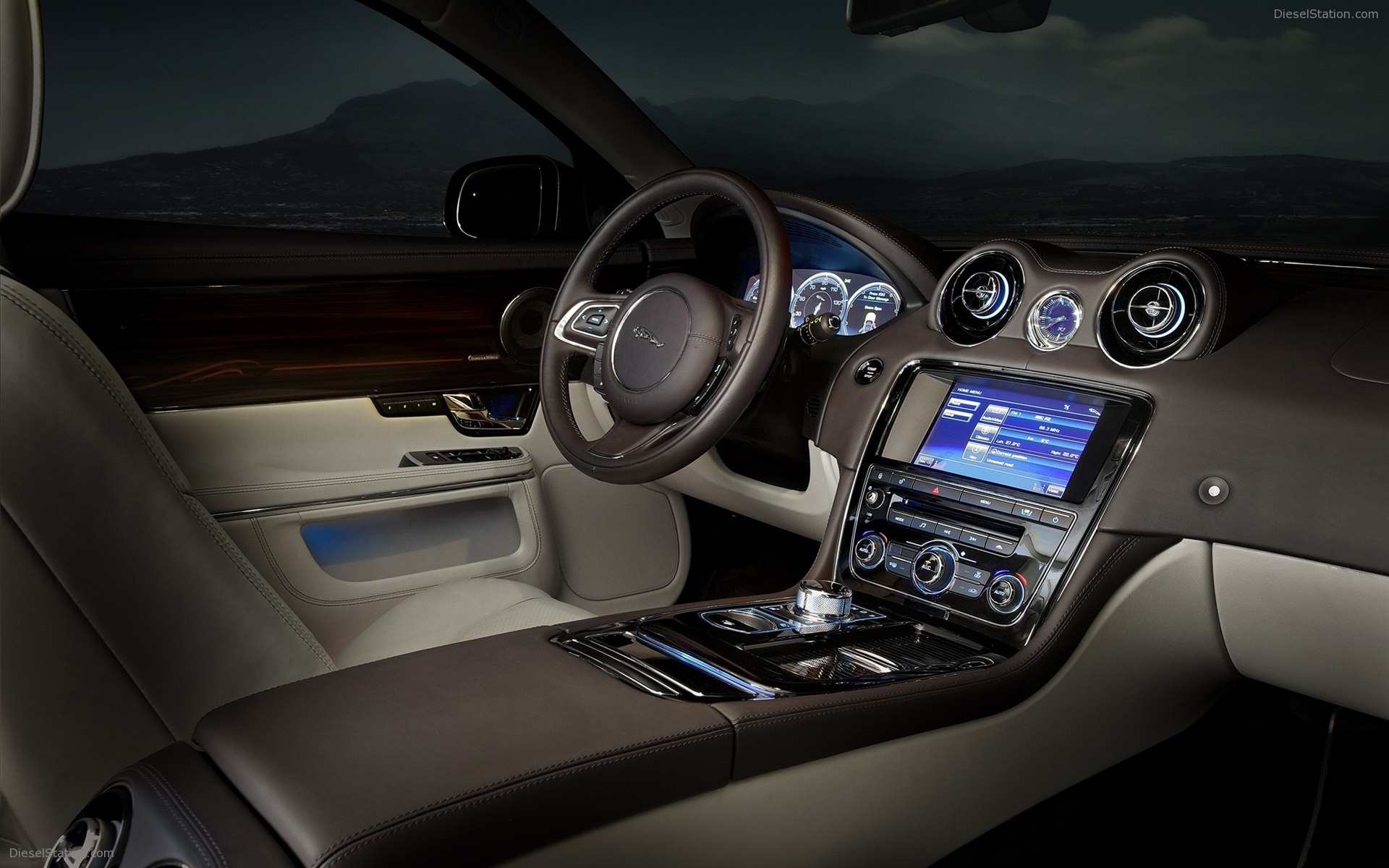
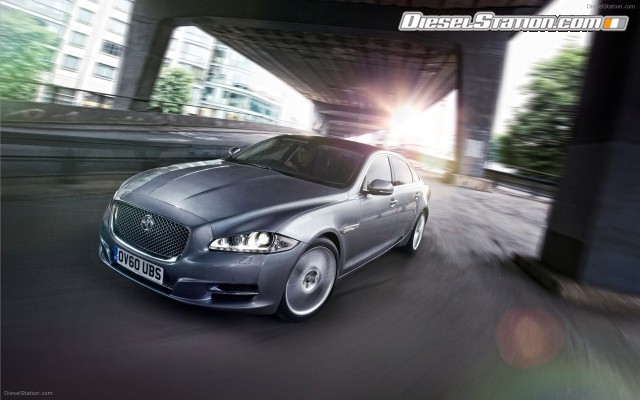
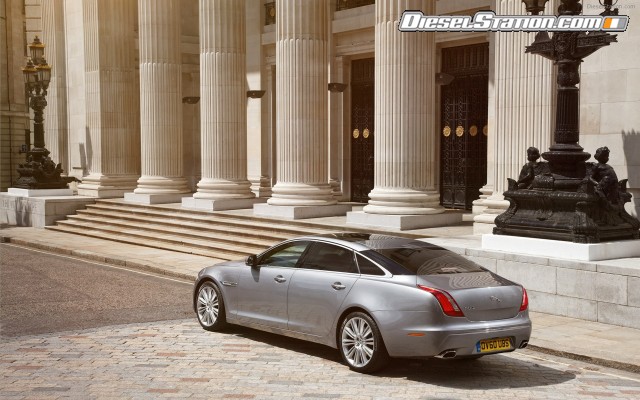
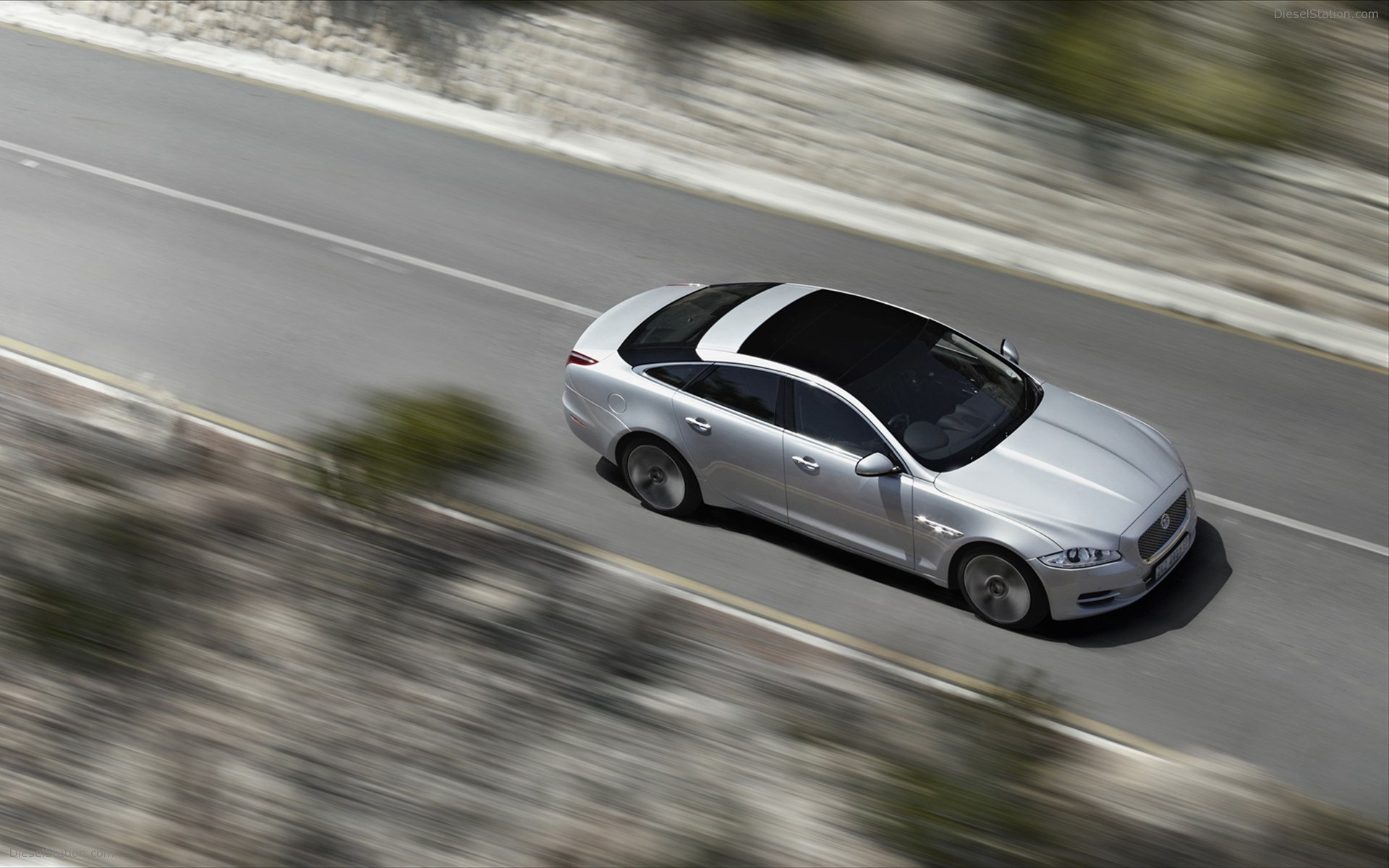
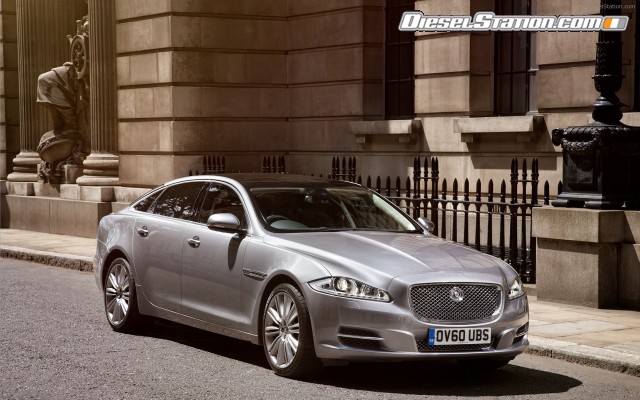
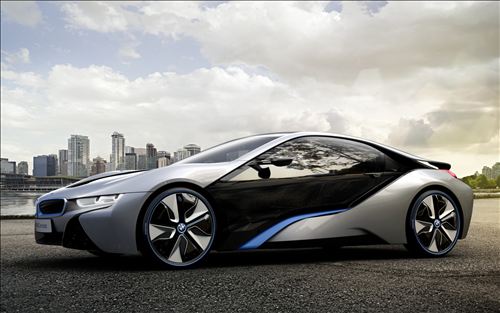
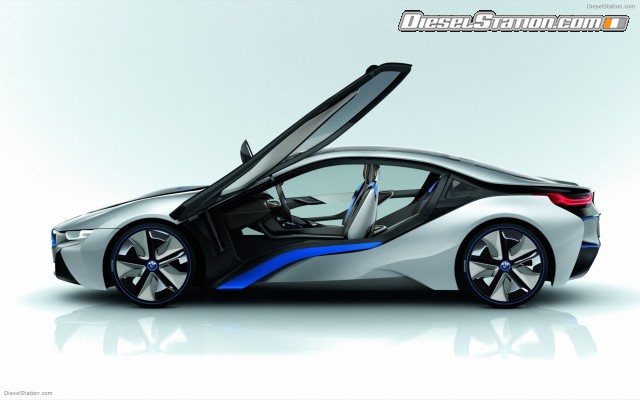
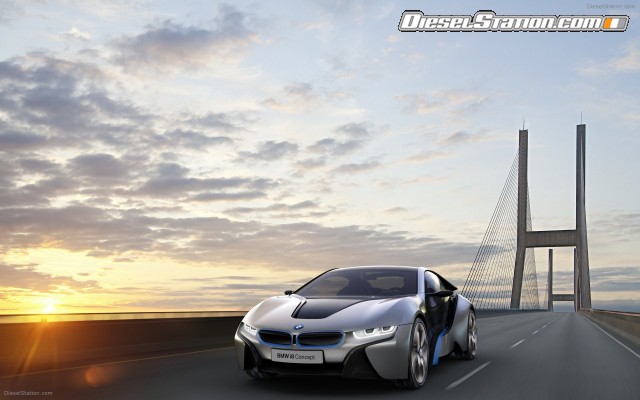
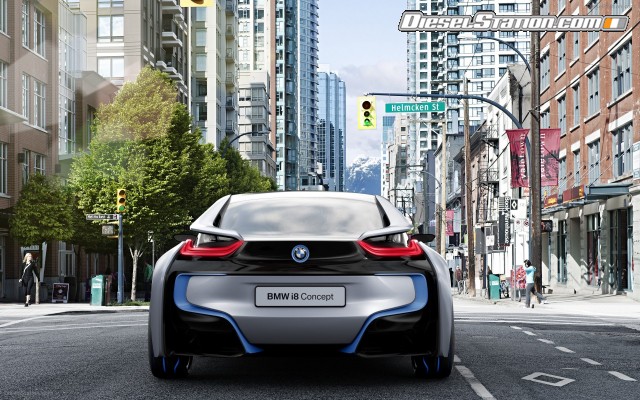
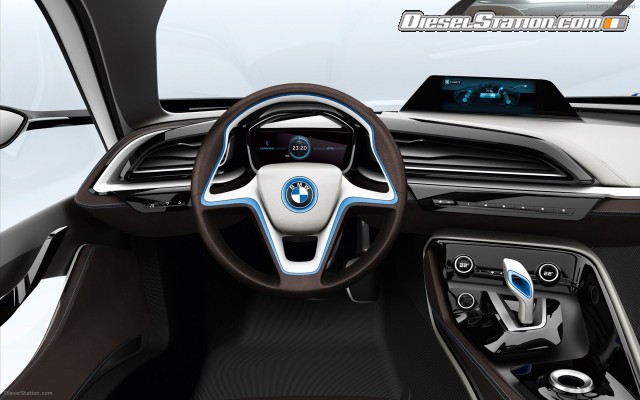
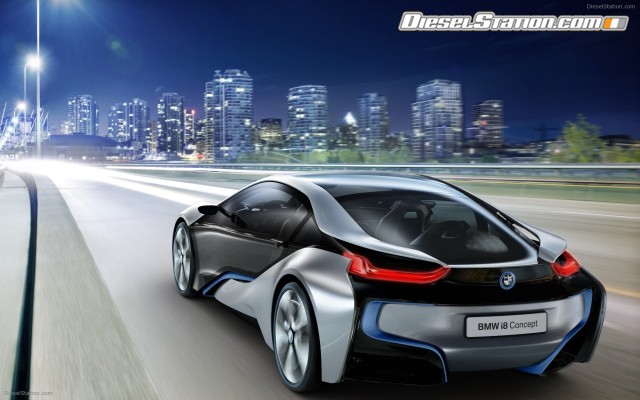
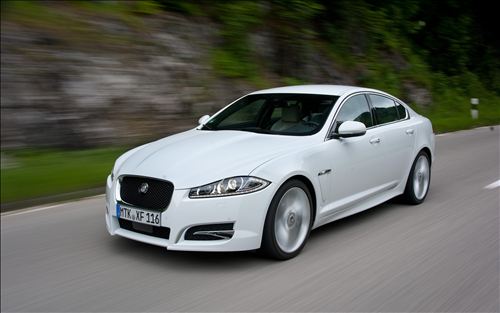






































 ;
; ;
; ;
; ;
;
 ;
; ;
; ;
; ;
;
 ;
; ;
; ;
; ;
;
 ;
; ;
; ;
;
 ;
; ;
; ;
; ;
;
 ;
; ;
; ;
; ;
; ;
; ;
; ;
; ;
;
 ;
; ;
; ;
; ;
;
 ;
; ;
; ;
; ;
;
 ;
; ;
; ;
; ;
;
 ;
;
BMW i - A New Understanding Of Mobility. (Long Version)
BMW i is about the development of visionary vehicles and mobility services, inspiring design and a new understanding of premium that is strongly defined by sustainability. With BMW i the BMW Group is adopting an all-embracing approach, redefining the understanding of personal mobility with purpose-built vehicle concepts, a focus on sustainability throughout the value chain and a range of complementary mobility services.
Two special vehicle concepts.
The BMW i brand is now poised to enter the consciousness of the automotive public with two new vehicles. On the one hand there is the BMW i3 Concept. Previously known as the Megacity Vehicle, the BMW Group's first series-produced all-electric car focuses squarely on the mobility challenges in urban areas and, as the first premium electric vehicle, reinvents the hallmark BMW attributes for the future. Then comes the BMW i8 Concept, a sports car of the most contemporary variety - forward-looking, intelligent and innovative. Its unique plug-in hybrid solution brings together a combustion engine and an electric drive system to create an extraordinary driving experience complemented by extremely low fuel consumption and emissions.
BMW i3 Concept - dynamic, urban, emission-free.
The BMW i3 Concept is an uncompromisingly sustainable vehicle designed for urban areas. Driven purely by electric power and purpose-built to meet the demands of sustainable and emission-free mobility, it embodies an intelligent form of urban transportation and commuting.
The BMW i3 is a well-resolved all-round concept, with every detail conceived and optimised to fulfil its eventual purpose. Its innovative LifeDrive architecture renders the BMW i3 Concept light, safe, spacious and dynamic. Innovative use of materials and intelligent lightweight design, moreover, not only enable the i3 Concept to travel long distances on a single charge and provide superb safety in the event of a collision, they also help give the car its excellent driving dynamics. The electric motor over the rear axle - which generates output of 125 kW/170 hp and impressive torque of 250 Nm (184 lb-ft) from a standstill - and a small turning circle combine to deliver pleasingly crisp driving characteristics. The BMW i3 Concept accelerates from 0 to 60 km/h (37 mph) in under four seconds and from rest to 100 km/h (62 mph) in less than eight seconds.
The so-called Life module conjures up a feeling of space inside the car more generous than even the latest conversion vehicles can offer. Select materials lend the open and airy cabin a lounge-like character. The use of renewable raw materials is another defining characteristic of the interior, offering passengers a further means of "experiencing" the sustainability of the vehicle. Parts of the instrument panel and door panelling are visibly made from natural fibres, while the naturally tanned leather of the seats creates a lounge-style ambience. With four seats, wide-opening opposing "coach" doors, a boot capacity of around 200 litres and an additional functional compartment in the front, the BMW i3 Concept is neatly equipped for the demands of everyday use.
Innovative connectivity functions create a seamless connection between the BMW i3 Concept and its customers' lives outside the car. Remote functions accessible via a smartphone enable owners to find their vehicles, flag up nearby charging stations, allow battery charging and preconditioning at the touch of a button, and supply information on the current status of the vehicle. Meanwhile, intelligent assistance systems ease the stress on drivers in monotonous city driving situations and allow them to arrive at their destination more safely and in a more relaxed state of mind.
BMW i8 Concept - emotional, dynamic and efficient.
The BMW i8 Concept and the fascinating approach that underpins it embody the vision of a sustainable contemporary sports car brought to life. Its innovative plug-in hybrid concept combines the modified electric drive system from the BMW i3 Concept - fitted over its front axle - with a high-performance three-cylinder combustion engine producing 164 kW/220 hp and 300 Nm (221 lb-ft) at the rear. Working in tandem, they allow the two drive systems to display their respective talents to the full, delivering the performance of a sports car but the fuel consumption of a small car.
Acceleration of 0 to 100 km/h (62 mph) in under five seconds combined with fuel consumption in the European cycle of under three litres per 100 kilometres (approx. 94 mpg imp) are figures currently beyond the capability of any vehicle powered by a combustion engine of comparable performance. Thanks to its large lithium-ion battery, which can be charged from a domestic power supply, the BMW i8 Concept can travel up to 35 kilometres (approx. 20 miles) on electric power alone. Added to which, the 2+2-seater offers enough space for four people, giving it a high level of everyday practicality.
The LifeDrive architecture of the BMW i8 Concept has been carefully adapted to enhance the vehicle's sports car character, and therefore to deliver unbeatable performance and excellent driving dynamics. The motor in the front axle module and combustion engine at the rear are connected by an "energy tunnel", which houses the high-voltage battery. This gives the car a low centre of gravity - and the dynamic benefits that come with it. The positioning of the electric motor and engine over their respective axles and the space-saving and well-balanced packaging of all components result in an optimum 50/50 weight distribution.
The emotional design of the BMW i8 Concept ensures its qualities are clear for all to see. Its dynamic proportions give the BMW i8 Concept the appearance of surging forward before it even turns a wheel and lend visual form to its extraordinary performance.
The sporting character continues into the interior. Boasting a driver-focused environment unmatched by any BMW Group vehicle before it, the BMW i8 Concept immerses the driver fully in the unique driving experience. The BMW i8 Concept is the sports car for a new generation - pure, emotional and sustainable.
BMW i thinks beyond the vehicle.
An additional range of mobility services - which can also be used independently of the cars - will be an integral component of BMW i alongside the vehicles themselves. A totally new development in this area will be vehicle-independent mobility services. Here the focus is on solutions which will improve usage of existing parking spaces, as well as intelligent navigation systems with local information, intermodal route planning and premium car-sharing. In addition to service packages developed in-house, the BMW Group is pursuing cooperations with partner companies as well as strategic capital investments with providers of mobility services. BMW i Ventures was established with this purpose in mind. The company aims to expand the product portfolio of BMW i over the long term with stakes in highly innovative service providers, such as MyCityWay and ParkatmyHouse.
2. Purpose-built design - the LifeDrive concept.
Unlike the "conversion" approach applied up to now, which involves integrating electric components into vehicles originally designed to be powered by a combustion engine, the innovative LifeDrive architecture of the BMW i vehicles focuses directly on the technical requirements of the electric drive train. In this way the electric motor and the battery can be optimally accommodated and, in combination with intelligent lightweight design and innovative use of materials, the electrification of the vehicle can be achieved without having to carry out complex modifications and without adding weight. In this way, the LifeDrive architecture marries low overall weight for a maximised range with generous levels of space, supreme driving characteristics and high safety levels for the battery and passengers.
In contrast to vehicles with a self-supporting body, the LifeDrive concept essentially comprises two separate, independent functional units. The Drive module integrates the vehicle's suspension, battery, drive system, and structural and crash functions into a construction made chiefly from aluminium. Its partner, the Life module, consists primarily of a high-strength and extremely lightweight passenger cell made from carbon fibre-reinforced plastic (CFRP). The use of this high-tech material across large sections of the car ensures that the Life module is remarkably light and, in so doing, helps to achieve both impressive range and improved performance. With this innovative concept the BMW Group has taken lightweight design, vehicle architecture and crash safety into a whole new dimension. Like the cockpit of a Formula One car, the CFRP passenger cell provides an extremely strong survival area. Pole impacts, side-on collisions and rollover tests highlight the impressive safety-enhancing properties of this extraordinarily robust material.
The LifeDrive architecture of the BMW i3 Concept.
Both the BMW i3 Concept and the BMW i8 Concept feature the LifeDrive architecture, but the geometric implementation of the concept differs in the two models, having been adapted to suit their different usages. The BMW i3 Concept features a horizontal-split variant of the LifeDrive concept. Here, the Drive module provides the solid foundations for the Life cell, which is simply mounted on top. The reason for this functional rendition of the LifeDrive architecture is the large battery. In order to ensure the greatest possible electric range, the battery in the BMW i3 Concept is correspondingly large. The most space-efficient place to store the battery cells was in the car's underfloor section, where they occupy the whole of the module's central section, giving the car optimum weight distribution and a low centre of gravity. The battery is penned in by aluminium profiles, which protect it from external impacts. Crash-active structures in front and behind it provide the necessary energy absorption in the event of a front- or rear-end collision. The electric drive system is, as a whole, much more compact than a comparable combustion engine, cleverly accommodating the electric motor, gear assembly and drive electronics - in space-saving fashion - within a small area over the driven rear axle. The BMW i3 Concept therefore features the optimum LifeDrive architecture configuration for a purely electric vehicle.
The integration of all the drive components within the Drive module removes the need for a centre tunnel bisecting the interior, through which power would previously have been transferred to the rear wheels. The BMW i3 Concept therefore offers significantly more interior space than other vehicles with the same wheelbase and - through solutions such as a full-width seat bench - also allows the interior to be adapted extremely effectively to the needs of urban mobility. The BMW i3 Concept offers comfortable accommodation for four passengers and, with around 200 litres of boot space, room for their luggage as well.
The chassis of the BMW i3 Concept is also ideal for city driving. Its enviably small turning circle and direct steering responses are a recipe for outstanding agility, notably at low speeds.
The LifeDrive architecture of the BMW i8 Concept.
The BMW i8 Concept sees the LifeDrive architecture concept adapted to suit the vehicle's sports car character - i.e. primed to deliver leading performance and sharp dynamics. In a departure from the purely horizontal configuration favoured for the BMW i3 Concept, the LifeDrive architecture of its BMW i8 Concept sibling also features vertical layering. The drive systems powering the BMW i8 Concept are integrated into the front and rear axle modules, with the CFRP Life module providing the bridge between the two. As a plug-in hybrid, the BMW i8 Concept is not designed purely for all-electric propulsion, and therefore carries fewer battery cells than the BMW i3 Concept. These are stored in the Life module inside the energy tunnel, a structure similar to a central transmission tunnel.
The front and rear axle modules therefore combine with the passenger cell and battery to form a functional unit, which adopts not only load-bearing responsibilities but also extensive crash functions. The location of the high-voltage battery in the energy tunnel gives the vehicle a low centre of gravity, and this enhances its dynamics. Together with the positioning of the motor and engine over the axles, the result is optimum 50/50 weight distribution. Intelligent lightweight design and the innovative use of materials produce extremely low unsprung and rotating masses, which is good news for the car's driving dynamics, acceleration, range and fuel economy. All in all, the BMW i8 Concept offers the ideal environment in which to experience the special drive concept and distinctive sports car character of the BMW i8 Concept on the road.
The axles are also designed to deliver optimum handling properties, in keeping with the car's sporting profile. Thus the multi-link front axle makes for an extremely flat and aerodynamically efficient silhouette while also eliminating any drive forces which may otherwise affect the steering, ensuring optimum handling in every situation.
3. Two vehicles, two drive concepts.
The BMW i3 Concept and the BMW i8 Concept, with their highly innovative and efficient drive systems, demonstrate how future mobility can be both sustainable and dynamic. While the BMW i3 Concept is an all-electric vehicle and therefore optimally equipped for operation around town, the plug-in hybrid BMW i8 Concept combines its electric motor with an internal combustion engine to deliver a high level of performance.
All-electric - the BMW i3 Concept.
The electric motor of the BMW i3 Concept is designed primarily for operation in an urban environment, developing 125 kW/170 hp, with peak torque of 250 Nm (184 lb-ft). Typically of an electric motor, maximum torque is developed from standstill, in contrast to an internal combustion engine where torque increases with engine rpm. This makes the BMW i3 Concept highly agile and provides impressive acceleration. The BMW i3 Concept accomplishes 0-60 km/h (37 mph) in under four seconds and 0-100 km/h (62 mph) in under eight seconds.
At the same time the abundant torque is delivered over a very large rpm range, resulting in very smooth power delivery. The single-speed gearbox provides optimal power transmission to the rear wheels and accelerates the BMW i3 Concept to an electronically governed 150 km/h (93 mph) without loss of power. The electric drive also allows for deceleration by means of the accelerator pedal. After the driver eases up on the accelerator, the electric motor acts as a generator, converting the kinetic energy into electricity which is then fed back into the battery. Energy recuperation generates a braking effect which makes a significant contribution to vehicle deceleration.
A coasting facility makes this unique "single-pedal control" of acceleration and braking using just the accelerator even more user-friendly. When the driver eases off the pedal, the electric motor's zero torque control keeps the drive train disconnected as long as the pedal is in this position. The vehicle now coasts without consuming power, driven by its own kinetic energy.
Compact and powerful - the electric motor.
The electric motor of the BMW i3 Concept not only offers attractive driveability; its innovative nature is particularly evident in the favourable power-to-size ratio. As a result of continuous development and refinement, the space requirements of the electric motor used in the BMW i3 Concept have been reduced by 40 per cent compared with the motor used in the MINI E. This compact drive unit is mounted over the rear axle, together with the power electronics, transmission and differential, and does not intrude into the interior. The power needed to drive the vehicle and to operate all other vehicle functions is supplied by specially developed lithium-ion battery cells. The BMW i3 Concept's battery system has undergone detailed optimisation which significantly reduces the extent to which external factors can influence the vehicle's power. Furthermore, an intelligent heating/cooling system keeps the battery at its optimal operating temperature at all times, which helps to significantly boost the performance and life expectancy of the cells.
The battery can be fully recharged in six hours at a standard power socket. If a high-speed charger is used, an 80 per cent charge can be achieved in just one hour.
Range extender increases the driving range.
As the MINI E field tests showed, 90 per cent of the mobility requirements of the pilot users could be met with the range of the MINI E. However, some customers want a longer driving range, or want their vehicle to be as flexible as possible. The BMW i3 Concept therefore offers an optional range extender, the REx, which allows the driving range to be increased. REx, a small, very smooth-running and quiet petrol engine, drives a generator which maintains the battery charge level to ensure that the vehicle can continue to run on electric power.
Best of both worlds - the BMW i8 Concept.
The i8 Concept combines the advantages of two different drive systems. As a plug-in hybrid it reaps the benefits of an electric motor and an internal combustion engine for maximum efficiency with maximum dynamics. At the front axle is the electric motor adopted from the BMW i3 Concept and modified for use in the BMW i8 Concept's hybrid power train, while a 164 kW/220 hp turbocharged three-cylinder petrol engine developing up to 300 Nm (221 lb-ft) of torque drives the rear axle. Together, the two drive units take the vehicle to a governed top speed of 250 km/h (155 mph). Like the electric motor, the 1.5-litre three-cylinder petrol engine was developed entirely in-house by the BMW Group and represents the latest state of the art in conventional engine design. Acceleration of 0 to 100 km/h (62 mph) in under five seconds combined with fuel consumption in the European cycle of under three litres per 100 kilometres (approx. 94 mpg imp) are figures currently beyond the capability of any vehicle powered by a combustion engine of comparable performance. Depending on charging habits and the nature of the route, it is even possible to improve on these figures.
The hybrid concept means that the BMW i8 Concept can also run purely on electric power. The energy supplied by the application-designed battery system installed between the front and rear axle modules to the electric motor at the front axle gives the BMW i8 Concept an all-electric driving range of approximately 35 kilometres (20 miles). The battery can be fully recharged in two hours at a standard power socket.
Driving dynamics.
Thanks to the two drive systems, all four wheels of the BMW i8 Concept can be driven at the same time, similarly to an all-wheel-drive vehicle. This solution combines the advantages of front-wheel drive, rear-wheel drive and all-wheel drive to ensure the optimal dynamic drive configuration as required. Depending on traction conditions and driving situation, intelligent dynamic driving systems ensure maximum energy recuperation without compromising dynamics and stability. This allows very high levels of energy recuperation even in the wet or in snow.
4. Inspirational design.
BMW i embodies the creation of visionary vehicles and a new understanding of premium mobility underpinned by sustainability. This can be seen and experienced in the inspirational design of BMW i vehicles. The task for the designers was to develop a unique design language which would reflect the BMW i claim and brand values and include scope for expansion, but which would also maintain a strong link to its parent brand. The aim was to create an authentic visual representation of innovative technology and to translate values such as lightness, safety and efficiency into the BMW i3 Concept and BMW i8 Concept models. These basic values are expressed on the one hand in the design of the vehicles through features including large transparent surfaces and a light-bathed interior, a powerful stance and aerodynamic additions such as contact surfaces, spoiler lips and elements allowing air through-flow. The BMW i3 Concept and BMW i8 Concept also blend in their own interpretation of familiar BMW design features, cementing a clear link to the BMW parent brand.
The design language of the BMW i concept cars.
Exterior design.
The most defining element of the BMW i models is their purpose-built basic construction, the LifeDrive architecture. Within this concept, the CFRP Life module houses the passenger compartment, while the Drive module brings together all the operational driving functions. This distinctive two-way split is also reflected in the design of the cars. The modules are partly covered by side panels, but remain clearly distinguishable. Expressive surfaces and precise lines form a harmonious transition between the two. This overlap and interlocking of surfaces and lines - "layering" in BMW i speak - marks out the exterior and interior design of both vehicles. Here, the different functions of the layers are colour-coded for greater emphasis. The silver layer makes up the outward-facing level, while the black layer of the exterior contains the windows, basic structure and supporting elements. In between, surfaces add high-quality touches. The perceptible difference in height between the layers lends the exterior an extremely dynamic, three-dimensional appearance. The Life modules of both concept cars come across as bright and open thanks to their large, transparent surfaces. This high degree of transparency imbues them with an airy feel and - together with the generous portions of exposed CFRP on display - reflect the lightness and efficiency of both vehicles.
Aerodynamics and design.
Aerodynamics are an important element of efficient mobility and therefore of BMW i, and they are deliberately reflected in the exterior design of the two concept models. The aerodynamically optimised "stream flow" is one of the most striking styling cues of the BMW i vehicles. Like air streams in a wind tunnel, two horizontal lines run towards each other from the top and bottom of the car to meet in the C-pillar in the shape of a dynamic stroke. The special three-dimensional form of the stream flow on the BMW i8 Concept, moreover, improves its aerodynamic efficiency. The underbody of the two vehicles, meanwhile, is totally enclosed and has a smooth surface to counteract the under-car turbulence that would otherwise push up fuel consumption. Other aerodynamic elements include the AirCurtains, which ensure optimum air flow around the wheel arches, and the aeroflaps in the door sill area behind the front wheels. Both solutions reduce the cars' drag substantially, and in so doing increase their efficiency - and therefore their range when running on electric power alone.
Bringing the outside in - layering and free forms in the interior.
As with the exterior, three different levels define the interior as well, allowing a range of functions to operate and shaping the way in which they do so. The outer level - the white layer - forms the supporting structure for all interior geometries. The inner layer is the function-oriented level and opens up features such as seat surfaces and storage areas. The instrument panel includes an additional black level between the inner and outer layer, which incorporates the technical components. This technical layer runs through the whole front section of the interior and also creates a visual link between the instrument panel, steering column and steering wheel (including instrument cluster), central information display (CID) and controls. Positioned here are features including the openings for the air vents, while the displays and radio/climate control panel also develop out of this layer.
Exterior and interior united.
The colours and materials concept creates an effective link between the vehicles - and between their exteriors and interiors. The dominant colours of the exterior are the Silver Flow shade of light silver and High-gloss Black. The slightly blue-tinged, bright silver colour tone shows off the vehicles' technical, modern exterior design extremely effectively and presents a clear contrast against the black-painted surfaces. Contrasting touches in bright, forceful Stream Blue bring the efficiency of the vehicles (inside and out) stylistically to life. Externally this colour can also be found in the logo, the kidney grille, door sills and rear apron. Together the various shades produce an extremely high-class exterior impression, maximising the impact of high-gloss surfaces and the contrast of black, silver and blue. The glass surfaces highlight this further.
Applied more discreetly in the interior, Stream Blue glows subtly from the logo in the steering wheel, the seat stitching, and between the leather surfaces and structural layers of the steering wheel, as well as from the indicators and displays. The colours of the interior paint a far warmer picture and therefore create a pleasant contrast to the technical cool of the exterior. The shell layer structures in Porcelain White and the warm dark brown leather colour tone Mocha Brown conjure up a modern yet cosy ambience.
Sustainability in the interior.
A stand-out feature of both interiors is the visible use, for the first time, of renewable and naturally treated raw materials. The BMW i3 Concept sets new benchmarks in the use of sustainable materials. In addition to the extensive use of natural fibres and naturally tanned leather, 25 per cent of the weight of the interior plastic is accounted for by recycled or renewable raw materials.
BMW i3 Concept - compact, agile, sustainable.
The proportions - dynamic, compact.
The design of the BMW i3 Concept reveals the car's qualities the first time you set eyes on it. The BMW i3 Concept represents the dynamic interpretation of an impressively practical vehicle.
Agile and compact proportions showcase the agility of the BMW i3 Concept and the dynamic prowess of its electric drive system. From the side view, the window graphics and door sills combine to create a dynamic wedge shape, giving the car the feeling of pushing forward before it even turns a wheel. From the outside, a flowing silhouette and long wheelbase hint at the extraordinarily generous levels of space on offer in the interior, while short front and rear overhangs make parking in tight spaces that much easier. Practicality gets another boost from the "coach doors", whose opposing construction creates a fresh new way of accessing the large, open spaces of the interior.
Extensive glass surfaces and black elements like the window surrounds and door sills give the vehicle a feeling of lightness and, together with the exposed carbon structures, draw attention to its low weight. Large, narrow 19-inch wheels add further impact to the dynamic side profile.
The striking front end.
The front end of the BMW i3 Concept has a very clear and uncluttered design. The dominant element here is the strikingly moulded kidney grille, which has the hallmark BMW i blue background and - thanks to the car's all-electric drive system - is totally blanked off. Below the kidney grille, the silver-coloured layer lends the sculptural front apron its form. Black surfaces identify the functional areas of the front end, such as the load compartment under the bonnet and the air inlets.
Clearly defined AirCurtains also lend visible expression to the honed aerodynamics of this BMW i model. The eye-catching LED headlights usher in a fresh take on BMW light design. Along with the strikingly formed kidney grille, the LED-backlit U-shaped lines form an important part of the arresting new BMW i face.
The functional rear end.
The rear end of the BMW i3 Concept represents a microcosm of the car's impressive functionality overall. The large, retractable rear window offers optimum access to the luggage compartment, and the roof pillars stand upright to create as much space as possible in the interior. The rear window is also home to the tail lights, which are U-shaped (like the headlights) and appear to be floating in the glass. Behind it lies an extremely versatile boot area, whose capacity can be further increased by folding down the rear seats.
The wide, silver-coloured rear diffuser marks the body's lowest edge and allows the driver to experience the car's efficient aerodynamics. Bordered by a blue layer, the diffuser tapers heavily towards the road and appears to continue underneath the car. The form of the diffuser underlines the car's powerful stance. A sportier version can be found on the BMW i8 Concept, forging a link between the two models.
Self-supporting and light - the interior.
The version of the LifeDrive architecture that underlies the BMW i3 Concept opens up totally new avenues in interior design. There is no centre tunnel bisecting the cabin, and the interior thus creates a very free, open and airy impression.
The passengers sit in a raised "semi-command" position which provides a good view over the hustle and bustle of city traffic and, at the same time, eases access to the seats.
The full-width seat benches in the front and rear create a new and connecting feeling of space for the passengers in the light interior. This layout also allows them to swap from one side of the car to the other and, if necessary, to all climb out of the car comfortably on the same side. This represents a major boost to comfort in tight parking spaces and when access to one side of the parked car is impeded.
A distinctive element of the light interior is the freestanding steering column. All the driving-oriented controls - such as the instrument cluster, start/stop button and gearshift lever - can be found here, rendering a centre console superfluous. Behind the steering column the extremely intricate yet extensive instrument panel spans the interior. It begins at the air vents next to the steering wheel, continues in a line around the steering column, includes the radio and climate controls, and continues on its path to the front passenger. Shortly before the front passenger door it then shears upwards, heads back towards the centre of the interior and reaches the end of its journey in the central information display (CID) monitor positioned above the control panel for the radio and climate system. Around the displays, by contrast, the instrument panel generates an almost calligraphic surface design in which one large, wide surface sweeps prominently into a narrower and more delicate counterpart, before culminating in another wide section. The CID and control unit therefore present an attractive contrast to the clear, precise borders of the instrument panel.
The area around the instrument panel, the doors and the floor area of the BMW i3 Concept also features contrasting materials. The natural origins of the high-strength dark anthracite material made from compressed and coated plant fibres are clearly evident and showcase the light, high-quality and beautifully crafted elements of the interior to optimum effect.
Interface design.
Connectivity - the linking up of the driver and passengers with the outside world and information superhighway - plays an important role in the BMW i3 Concept. Three large displays act as interfaces between the vehicle and the outside world. The 6.5-inch (16.5 cm) instrument cluster, meanwhile, emerges out of the steering column directly in front of the driver. Its freestanding design generates a very free and open feel around and above the driver's head. Meanwhile, the central 8.8-inch (22.4 cm) information display (CID) curves out of the black technical layer of the instrument panel's upper section towards the passengers. It blends seamlessly into the black surrounds, creating a very high-quality, continuous black surface which makes the display appear even larger. Below, the likewise unbroken black audio/climate control panel shares the form of the CID. Like the CID, the homogeneous touch-control surface curves towards the passengers and uses another screen to show additional information relating to the content on the central information display.
On another level, the highly technical-looking display graphics of the instrument cluster and CID lend visual form to the BMW i3 Concept's electric drive philosophy. All the information is displayed in the high quality and visually appealing fashion you would expect from BMW. Although the relationship of the i3 Concept to the parent brand is clearly evident again here, a very distinctive graphics profile has been created for BMW i with the emphasis on an individual and minimalist approach.
Efficient and dynamic - the BMW i8 Concept
The design of the BMW i8 Concept is as special as the car's overall concept, embodying the perfect synthesis of technology and aesthetic allure. Its sweeping lines and flat silhouette lend the vehicle a strikingly dynamic appearance even when standing still. A large, transparent greenhouse lends the exterior an extraordinary feeling of lightness and highlights the exceptional efficiency of this vehicle concept. Short front and rear overhangs round off the sporting overall impression. Despite its dynamic appearance, the 2+2-seater can accommodate four people, giving it a high degree of everyday practicality.
As with the BMW i3 Concept, layering again serves as the central design element of the interior and exterior. The individual vehicle components are also clearly visible from the outside, the black and transparent Life module clearly setting itself apart from the silver-coloured body components around it. This layering approach lends the BMW i8 Concept an extremely technical and cutting-edge appeal.
Dynamic side view.
Taut surfaces and precise edges form an extremely sculptural and organic surface structure. The precise lines along its flanks and hallmark BMW i "stream flow" also give the BMW i8 Concept a strong sense of powering forward even when it is standing still. The BMW i8 Concept's doors swing upwards like wings to provide an undeniably emotional and sporting allure. Below the doors, the silver-coloured layer moulds the car's flanks into a powerful wedge shape, opening out from the door sills towards the rear. A blue flourish accentuates the dynamic presence of the sills. Together, the bonnet and door sill sculpting emphasise the BMW i8 Concept's forward-surging stance, and their smooth lines imbue the car with a touch of lightness.
Striking front end.
The BMW i8 Concept also displays its dynamic sports car persona when viewed from the front. A number of different levels interact with one another in the design of the front end, while the expressive surface treatment exudes dynamic verve and advertises the car's sporting potential. The full-LED headlights of the BMW i8 Concept are designed as two U-shaped configurations.
A black, semi-transparent "V" rises out of the bonnet just behind the kidney grille, opening out towards the windscreen and guiding the eye to the electric motor below. The "V" also offers the first glimpse of the CFRP module and extends back towards the rear like a black band to provide a visual connection between the different sections of the car.
Sporty rear end.
Similarly to the front end, the rear of the car is also very low, horizontal and sculptural in design. The silver-coloured side sections form a striking vertical frame around the rear of the car, with a precise line extending out to the sides enjoying particular prominence. In its centre the silver-coloured and blue-framed rear diffuser is a wider and lower interpretation of the version on the BMW i3 Concept, adding a distinct sporting flavour to its relationship with its stablemate.
At the rear, the car's exceptional sporting credentials are also expressed in width-accentuating lines, three-dimensional air outlets and "floating" tail lights with air through-flow. The tail lights, which also have a distinct horizontal design, are integrated into the upper layer of the rear and share the signature U-shape of the BMW i light concept.
Purpose-built interior.
The transparent surfaces in the doors and roof give the exterior and interior design of the BMW i8 Concept the appearance of merging into one another. The colour concept and underlying structure of the BMW i8 Concept interior closely mimic those of the BMW i3 Concept. Here again, the Porcelain White support structure, black technical level and comfort section with Mocha Brown leather are split into three different layers. The arrangement of the air vents, control panels and displays also betrays the car's family ties to its
BMW i3 Concept sibling.
Overall, however, these features have a more sporting character and are geared much more clearly towards the driver. Indeed, a level of driver focus beyond that of any BMW Group vehicle before it allows the BMW i8 Concept to immerse the driver fully in the unique experience behind the wheel. Driver-relevant functions such as the gearshift lever, start-stop button and parking brake are arranged around the driver on the centre console and are graphically strongly geared towards the driving seat as well. The three-dimensional displays are extremely clear and flash up the relevant information for the driving situation at hand. At the same time, occupants in the
BMW i8 Concept sit in a highly integrated position low down in the car and are separated by the battery running lengthways through the interior. This longitudinal bisection of the cabin underlines the sporting and forward-looking character of the BMW i8 Concept interior.
Optimum information.
The 8.8-inch (22.4 cm) freestanding information display in the dash is joined by an equally large display taking the role of the instrument cluster. Indeed, its high-quality presentation in the binnacle makes it look far larger. Designing the central instruments in this way enables driver-relevant information to be conveyed in a three-dimensional and high-resolution format. In keeping with BMW i style, the displays are premium, modern and purist. Depending on the driving mode, the two drive systems are depicted by a pair of ellipses, which supply information on their operation at any given time. Other information - such as the available range and fuel level - can be found here, too.
5. BMW i and sustainability.
Sustainability has played a defining role in the BMW Group's strategy and operations ever since the early 1970s. Since that time, many production processes have been optimised and many innovative technology packages incorporated into the company's vehicles, which have significantly reduced emissions both during the manufacturing process and during the useful life of the vehicle. But sustainability is not confined solely to environmental issues. The BMW Group addresses all three dimensions of sustainability: environmental, economic and social. Just how successful the BMW Group has been in its actions to promote sustainability is clear not least from its position in the Dow Jones Sustainability Index: in 2010 the BMW Group headed this ranking list for the sixth time running, making it the most sustainable company in the automotive sector.
Integrated perspective.
For BMW i, sustainability is of pivotal importance and something it aspires to throughout the entire value chain. From the earliest strategic and planning stages, therefore, clearly defined sustainability targets were set for the
BMW i vehicles. All three sustainability aspects were addressed across the entire spectrum, from purchasing, development and production to sales and marketing.
The BMW i3 Concept proves beyond doubt how successfully these sustainability targets were achieved. The life cycle global warming potential (CO2e) of the BMW i3 Concept, assuming a European electricity mix (EU 25), is at least a third lower than for a highly efficient combustion-engined vehicle in the same segment. If the vehicle is powered by renewable electricity, the improvement increases to well over 50 per cent. This is reflected in a large number of innovative measures relating to the development, production and recycling stage. Some of these solutions were developed by suppliers. In this way BMW i is setting new standards of sustainability across the entire value chain.
Sustainability in the development process.
With its innovative LifeDrive architecture and extensive use of intelligent lightweight design, the BMW i3 Concept is purpose-built for electric mobility. This enables an extended driving range and even more efficient zero-emission electric operation - in other words, more miles per kilowatt of electricity. At the same time, sustainability is also reflected in the high-class interior, where for the first time the use of renewable materials is clearly visible.
The BMW i3 Concept also has a high recycled material content: 25 per cent of the thermoplastic components by weight have been replaced by recycled and renewable materials, while 10 per cent of the CFRP in the Life module are likewise recycled. The use of recycled CFRP in this form is currently unique.
Sustainable production.
The BMW Group has for a long time been investing huge efforts in developing a sustainable production system. In the manufacture of its BMW i vehicles the company will be going even further. Compared with the already highly efficient BMW Group production network, the future production plant for BMW i vehicles - Leipzig - will achieve additional 70 per cent savings on water consumption and 50 per cent savings on energy consumption per vehicle produced. Furthermore, 100 per cent of the energy used in production of the BMW i will be renewable.
Sustainable purchasing.
Further opportunity for reducing global warming potential across the entire product lifecycle can be achieved through a carefully focused purchasing strategy for the lightweight materials aluminium and CFRP. Using aluminium produced from 100 per cent renewable energy, also known as secondary aluminium, can achieve savings of 50 to 80 per cent of CO2e compared with a conventional manufacturing process. More than 80 per cent of the aluminium used in the BMW i3 Concept is thus produced either using renewable energy or from secondary material. In CFRP manufacturing, too, BMW i always uses the most eco-friendly processes. The CFRP produced by our joint venture partner at the Moses Lake plant (USA) is made using electricity generated entirely from renewable hydroelectric power. BMW i suppliers must likewise demonstrate that their business practices are sustainable.
Recycling as the norm.
All BMW i processes conform to the principles of closed-loop material recycling and waste avoidance. End-to-end recycling saves resources and conserves raw materials for future use. Another priority for the development team is to ensure that all structures and processes are designed to facilitate component reuse and material and energy recycling.
Social sustainability at BMW i.
Just like the environmental and economic aspects of sustainability, the social aspects too were taken into account at an early stage in product development and design. Here BMW i is building on the existing very high standards of the BMW Group and is systematically reinforcing its commitment to three key issues: responsibility for employees today and in the future, commitment to ethical standards in the supply chain, and social responsibility.
6. BMW i - visionary mobility and mobility services.
BMW i stands for a new approach to premium mobility. This mobility concept is geared to the demands of the future and to the needs of users, and it systematically addresses these challenges today. The new generation of vehicles calls for a new generation of driver assistance systems that significantly boost active safety and convenience.
Proactive Front Protection.
For that reason the camera-based proactive Front Protection system, offered in both vehicles, provides active safety which helps to prevent accidents or mitigate injuries. The system, which operates across the entire speed range, can detect a collision risk with preceding vehicles and warns the driver in good time, so that he can sharply reduce his speed and, if possible, still avoid an accident. In the speed range from 0 to 60 km/h (37 mph) the system can now also detect pedestrians, and in addition to warning the driver it also assists by performing automatic emergency braking.
Driver assistance systems for urban driving - Parking Assistant and Traffic Jam Assistant.
Since the BMW i3 Concept is designed mainly for urban operation, the vehicle features two further driver assistance systems - the Parking Assistant and the Traffic Jam Assistant. The Parking Assistant now relieves the driver of the entire parking manoeuvre, performing acceleration and braking automatically. If multiple manoeuvres are required, the vehicle can also switch between forward and reverse direction without the driver's intervention.
The Traffic Jam Assistant, on the other hand, makes driving less stressful under monotonous road conditions. By letting the vehicle "go with the flow", it allows the driver to get to his destination in a more relaxed state of mind. The Traffic Jam Assistant maintains a specified following distance from the vehicle in front, and in particularly heavy traffic can autonomously control the speed of the vehicle right down to a standstill while providing active steering input. This enables the vehicle to help the driver stay on course right up to a speed of 40 km/h (25 mph) - provided he keeps at least one hand on the steering wheel.
The BMW i remote functions.
In addition to these driver assistance systems, application-based remote functions allow the car to be accessed using a smartphone. As well as familiar functions such as remote locking and unlocking, CarFinder and Google Local Search, the driver can also draw on new features designed specifically for electric vehicles, such as remote-controlled charging and remote-controlled thermal preconditioning of the battery pack and vehicle interior. Remote-controlled charging allows the user to start the charging process at a time that can be determined by setting the journey start time. This function also allows the user to check the battery charge status at any time. Then there is the intelligent thermal preconditioning system, which allows the driver to bring both the battery pack and the vehicle interior to the optimal operating temperature before the start of the journey. There are two advantages to starting the journey with a preconditioned vehicle. Firstly, ensuring that the battery pack is at its optimal operating temperature right from the start maximises battery power and driving range, and secondly the driver can enjoy pleasant temperatures in the interior from the outset of the journey, both in summer and in winter.
Optimal efficiency and comfort - ECO PRO mode and ECO PRO + mode.
In both the BMW i3 Concept and the BMW i8 Concept, ECO PRO mode allows the driver to increase the electric driving range of the vehicle and reduce power consumption at the press of a button. In ECO PRO mode the drive settings and those of the convenience systems are adjusted for even more efficient operation.
Moreover, with ECO PRO + mode the BMW i3 Concept engages a drive mode uncompromisingly geared to maximising the driving range if, due to unforeseen circumstances such as a prolonged traffic hold-up, the electric driving range is shortened to the point where the driver can no longer be sure of reaching his destination. In this mode the main electrically powered convenience functions such as the air conditioning and heating systems are as far as possible deactivated, and auxiliary power consumers such as the heated seats and heated mirrors are shut down altogether. However, the systems continue running with minimal functionality, so that safety inside and outside the vehicle is in no way compromised. For example, the window demisting function remains operational to maintain clear visibility in winter.
Treading new paths - navigation by BMW i.
The two navigation modes "Last Mile Navigation" and "Intermodal Route Planning" are designed particularly with urban environments in mind. Last Mile Navigation continues to navigate the driver even after he gets out of the vehicle, by sending instructions to his smartphone which will direct him quickly and reliably on the "last lap", for example from the car park to the museum entrance. And when the driver is ready to head back, he can quickly locate his parked vehicle using the CarFinder function. Intermodal Route Planning summarises the various options of getting to a given destination by car and public transport. This BMW Group system integrates the vehicle, the different modes of local public transport and information about current parking availability.
In addition, intelligent navigation functions in the BMW i8 Concept enable optimal energy management in the vehicle, thereby significantly reducing fuel consumption. As soon as a destination is entered into the navigation system, the vehicle calculates the best way to manage the energy consumption of the two power units along the route. On different sections of the route, the vehicle characteristics can then be modified so that the drive units are managed either for maximum efficiency or for optimal performance.
BMW i mobility services.
As well as the vehicles themselves, BMW i also stands for comprehensive and custom-designed mobility services which can optimise personal mobility even for customers who do not own their own vehicle. These mobility services focus, for example, on solutions that make more efficient use of existing parking space, intelligent navigation systems that can also offer location-based information, an Intermodal Route Planning service and the "DriveNow" premium car-sharing service. What all these services have in common is that they are designed to help users reach their destination sooner, more reliably and more conveniently. To this end, BMW i offers an integrated range of services which can be implemented individually and with immediate effect.
DriveNow - the first premium car-sharing service.
Starting in June 2011, the DriveNow joint venture between the BMW Group and Sixt AG is offering a state-of-the-art mobility service, initially in Munich, whose key features include high-efficiency premium vehicles and an extensive range of services. The special highlight of this service is that vehicles do not have to be picked up from and returned to specific locations but can be hired and left wherever the customer wishes. This clearly differentiates DriveNow from competitor products. Customers can check vehicle availability either on the internet, via a smartphone app or simply when passing by on the street. Conventional car keys are not required either, since the DriveNow vehicles can be unlocked by means of a chip inserted in the driver's licence and started using a starter button. Following Munich, further major European cities will get this service later in the year. In the longer term, there are also plans to extend this car-sharing service to other continents as well.
BMW i Ventures.
In addition to developing and offering its own services, the BMW Group also provides services in partnership with other companies and makes strategic investments in mobility service providers. With this in mind, BMW i Ventures is providing backing for new, promising start-up companies, ensuring that development work on high-potential innovations continues and that these developments can eventually be put to use. MyCityWay and ParkatmyHouse are the first two start-ups in which BMW i Ventures has invested. MyCityWay is a mobile app that provides users with information on public transport, parking availability and local entertainment for over 50 cities in the USA, Canada, Europe and Asia. Using the ParkatmyHouse internet platform, on the other hand, private individuals can rent out their driveway or private parking space on an occasional or permanent basis. This dedicated parking management service makes private parking spaces affordable and takes the pressure off on-street parking.
With its car-independent mobility services and systematic promotion of innovation, BMW has paved the way for a comprehensive and innovative mobility experience. And it doesn't stop there: at the same time the
BMW Group is also working to intelligently integrate these various services.
7. Specifications. BMW i3 Concept.
| Length/Height/Width | L 3845 mm, H 1537 mm, W 2011 mm |
| Wheelbase | 2570 mm |
| No. of seats | 4 |
| Kerb weight | 1250 kg |
| Output | 125 kW / 250 Nm |
| Top speed | 150 km/h / 93 mph |
| Acceleration | 0-60 km/h / 37 mph 3.9 s |
| Electric range | Everyday range: 130-160 km / 80-100 miles |
| Battery charge time | Standard: 6 h for 100% charge |
| Luggage compartment | approx. 200 litres |